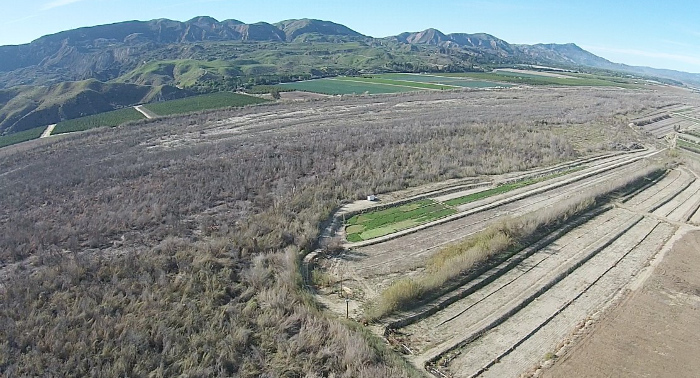In a normal year, groundwater accounts for 40 percent of California’s water supply. That number jumps to 60 percent during a drought. It’s also critically important for sustaining certain types of aquatic, terrestrial and coastal ecosystems.
Yet decades of unregulated groundwater withdrawal has compromised that ability to provide for people and nature. Wells dry up, water quality declines, and rivers, wetlands, and springs disappear.
To address this problem, California passed legislation requiring that groundwater basins be managed sustainably. We still face gaps, however, in our understanding of how to manage these basins to ensure the health of the ecosystems they support. Conservancy scientists are working with water managers and state agencies to close those gaps.


Jeanette Howard, Kirk Klausmeyer, Kurt Fesenmyer
Californians face profound decisions regarding the management of their state’s increasingly limited water supply. Critical for decision-making is information about the plants and animals that…